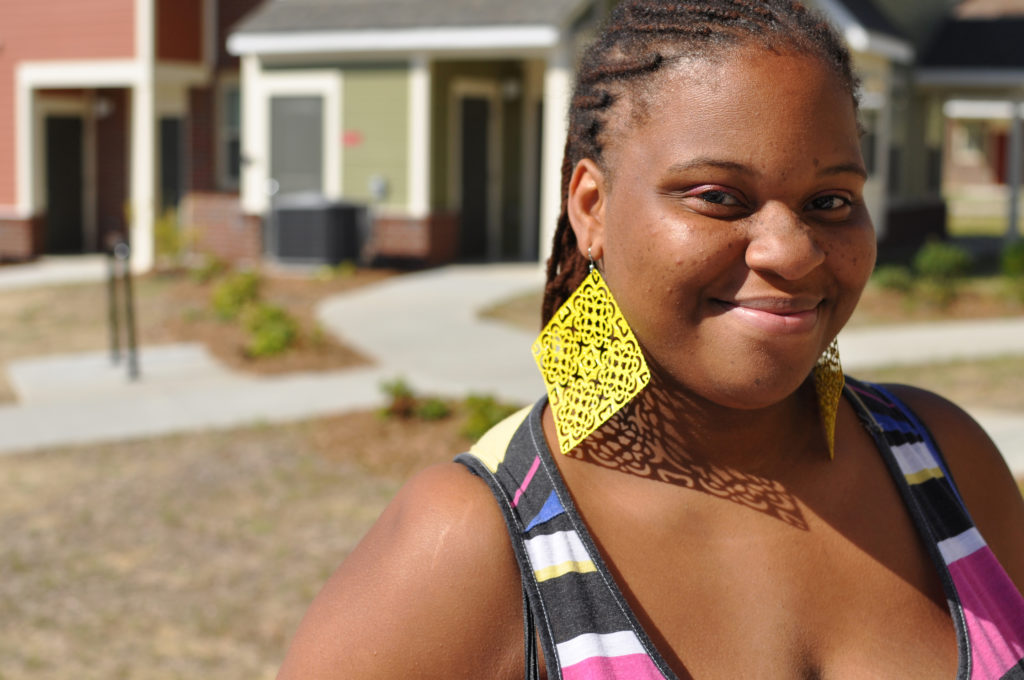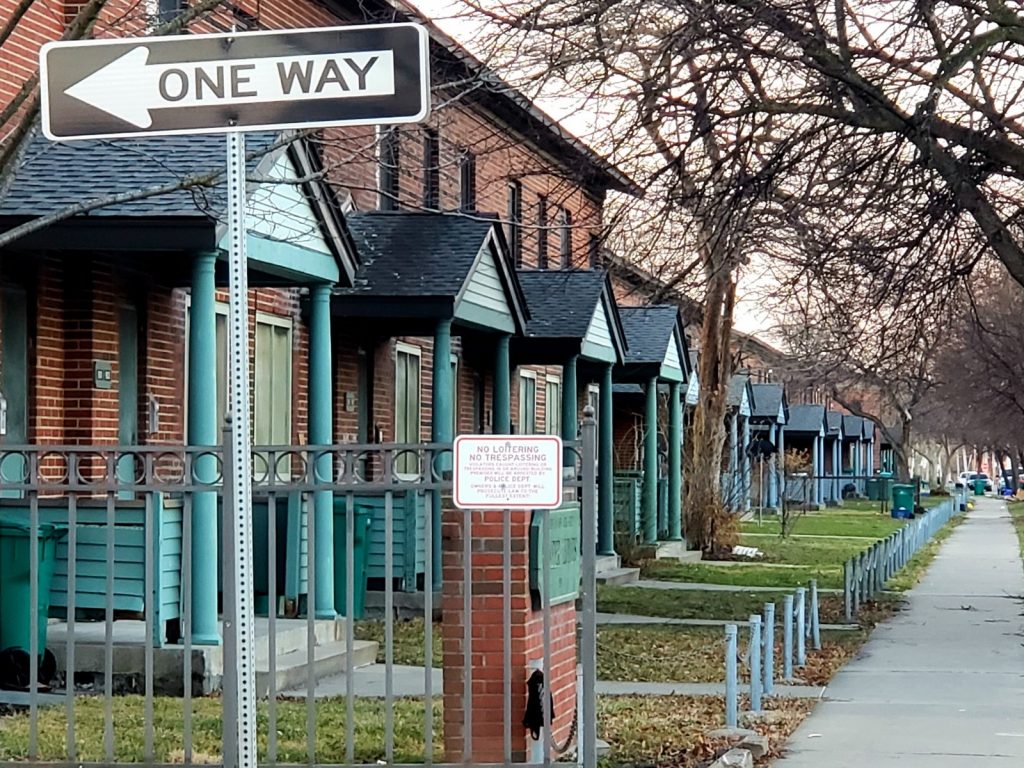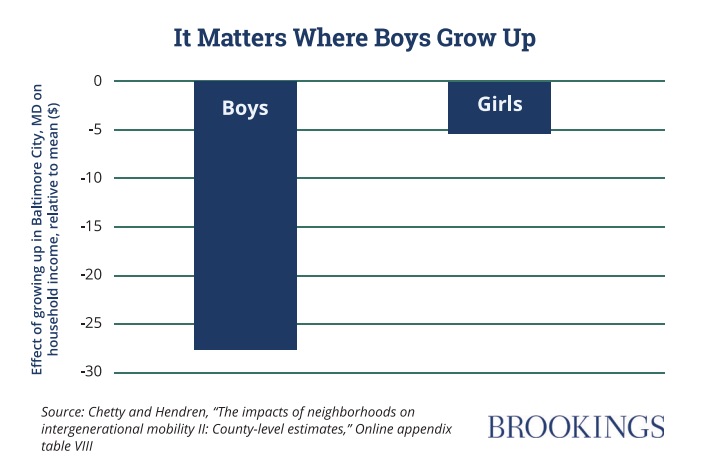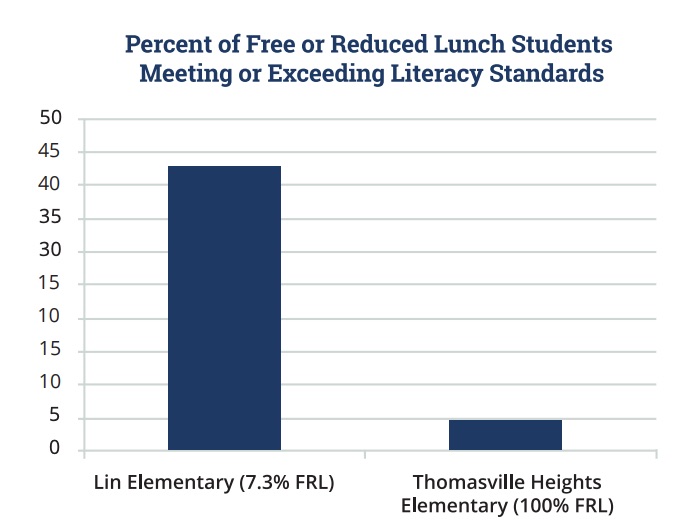Loyalty and Pride, Place as Fate and the Role of Poverty in Desperate Situations
Executive Director, Othello Meadows III from Purpose Built Network Member Five North shares his vision and progress.
Intergenerational urban poverty is intrinsically linked to place, and more precisely, to neighborhoods. We have learned that poverty is effectively an inheritable attribute transmitted via ZIP Code.

In a 1993 New York Times opinion piece, Rutgers University criminologist Todd Clear pointed out that 70 percent of the New York State prison population came from eight neighborhoods in New York City. That just a handful of places in New York City could be responsible for producing the bulk of the state’s convicted criminals was both a shock and a revelation to Tom Cousins, and he thought perhaps it was the geographic dimension of this problem that needed to be addressed. Armed with this knowledge, Cousins set out to transform the struggling East Lake neighborhood in Atlanta, and the seed for the development of Purpose Built Communities was planted.



There has been a gradual recognition within the health care industry that health outcomes could not be improved exclusively through improved access to health care services. Instead, sustainable improvements in health outcomes could only be delivered by addressing what has become known as the “social determinants of health,” generally defined as the conditions in which people are born, grow, live, work and age.
Harvard professor Robert J. Sampson – based on his groundbreaking work in Chicago – demonstrated the connection between health outcomes and neighborhood conditions and pointed out that “attempts to change places and social environments rather than people” may deliver better results in the fight against poverty. Thanks to this and other studies, we have a much deeper understanding of the connection between place and economic success in life. This data provides additional support for the thesis that place needs to be central to any strategy for eradicating poverty.
The information for this Lesson Learned is included in POVERTY AND PLACE: A Review of the Science and Research That Have Impacted Our Work, a white paper that offers an overview of selected research that has informed our thinking as we continue to fight against intergenerational urban poverty.
